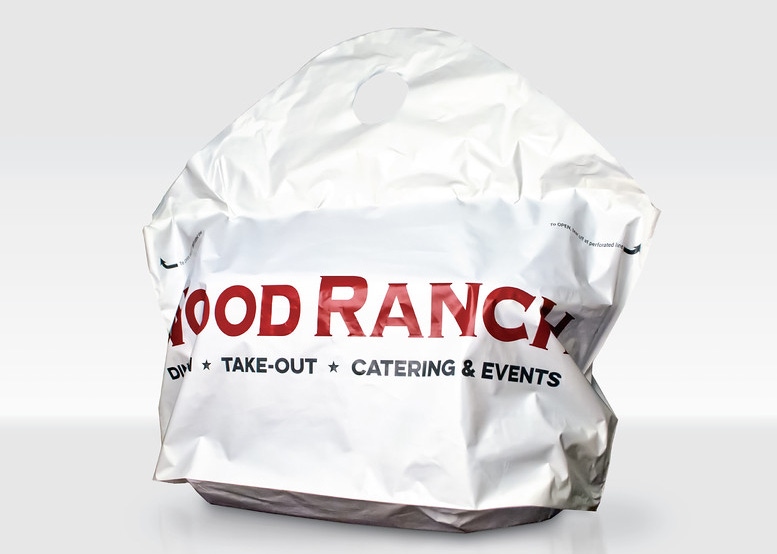
Trends in foodservice packaging often emigrate to the retail sector, and vice versa. So keeping an eye on what’s happening in the foodservice industry can benefit all consumer packaged goods manufacturers.
Packaging Digest recently touched base with Lynn Dyer, president of the Foodservice Packaging Institute (FPI), to get her insights on key topics in the market. Here is what she has to say on sustainability, meal distribution options, consumer safety and convenience, and ecommerce delivery challenges.
Compostability seems like the best end-of-life for foodservice packaging because, unlike recycling, it isn’t as negatively affected by food contamination. What is the industry doing to improve/advance the infrastructure of compostability in the U.S. and how will that change the industry’s sustainability goals?
Dyer: In our eyes, there is no “best” option for recovering foodservice packaging after it’s been used, as it’s pretty complex, given the various products in the mix and the available infrastructure to collect and process the materials.
Composting is certainly a great option, and we have been studying the state of the current infrastructure. For example, based on data collected last year, we’re able to pinpoint where there are composters that accept foodservice packaging, and yet nearby communities aren’t accepting in these items in their programs. On the flipside, we have identified composters that may be already taking food scraps, but not yet packaging. Those are great targets for us and help to expand the infrastructure to process these valuable materials.
In terms of changing the industry��’s sustainability goals, that’s to be determined. We’ve seen numerous foodservice operators select compostable packaging for a myriad of reasons, whether they have a local composter that will accept the material or not. Expanding the composting infrastructure will help to close the loop and get those compostable items actually composted.
What new consumer trends are you seeing and how do they impact packaging choices/designs by brands?
Dyer: One of the biggest trends we’re seeing now is the uptick in off-site sales. An increasing number of foodservice establishments that were thought of as traditional dine-in eateries are now offering delivery and catering options to grow their sales and please today’s on-the-go and time-crunched consumer.
The main impact on packaging, then, becomes performance of the packaging itself. Consumers want their hot foods hot and their cold foods cold. Meals must arrive looking consistently fresh, without condensation saturating the packaging—or the foods. This has always been the case, but there are additional performance pressures when it’s 45 minutes from kitchen to table, versus two minutes. Plus, in the case of catering options, different packaging sizes may be required.
Finally, the packaging provides an opportunity to promote the foodservice brand so the consumer keeps coming back for more.

It’s important for the consumer to see the food inside grab ’n go items.
Looking ahead, what smart packaging concepts from the retail side can foodservice suppliers use and to what/whose benefit?
Dyer: Smart packaging concepts like time and temperature indicators could be applied so consumers know that the hot foods stayed hot, cold foods stayed cold, and everything is safe to eat.
As more online players (like Amazon) get in the foodservice business, what packaging innovations might we see moving forward?
Dyer: The distribution channels in the foodservice industry are changing, and online purchases are just the latest example. That’s one of the reasons we’ve seen growing interest in tamper-evident packaging. Prepared foods and beverages are no longer just passed over a counter, from kitchen to consumer. They may be prepared at a central commissary then transported to the store for purchase, or perhaps prepared in a restaurant and then delivered via driver, drone or robot (yes, robot!) to the consumer.
Also, consider that as the buying process changes, so might the needs of the packaging. If it’s a “grab ’n go” item (which we see a lot of in stores these days), it’s important that the consumer can see the food inside. After all, people “eat with their eyes.” If food is ordered online and shipped to the consumer’s home, how the food looks when it arrives—and whether it’s still hot or cold—is more important.

********************************************************************************
Packaging solutions come to Minneapolis: As part of the region’s largest advanced design and manufacturing event, MinnPack 2018—and the five related shows taking place alongside it—brings 500+ suppliers, 5,000+ peers and 60+ hours of education together under one roof. Register for free today.
About the Author(s)
You May Also Like




